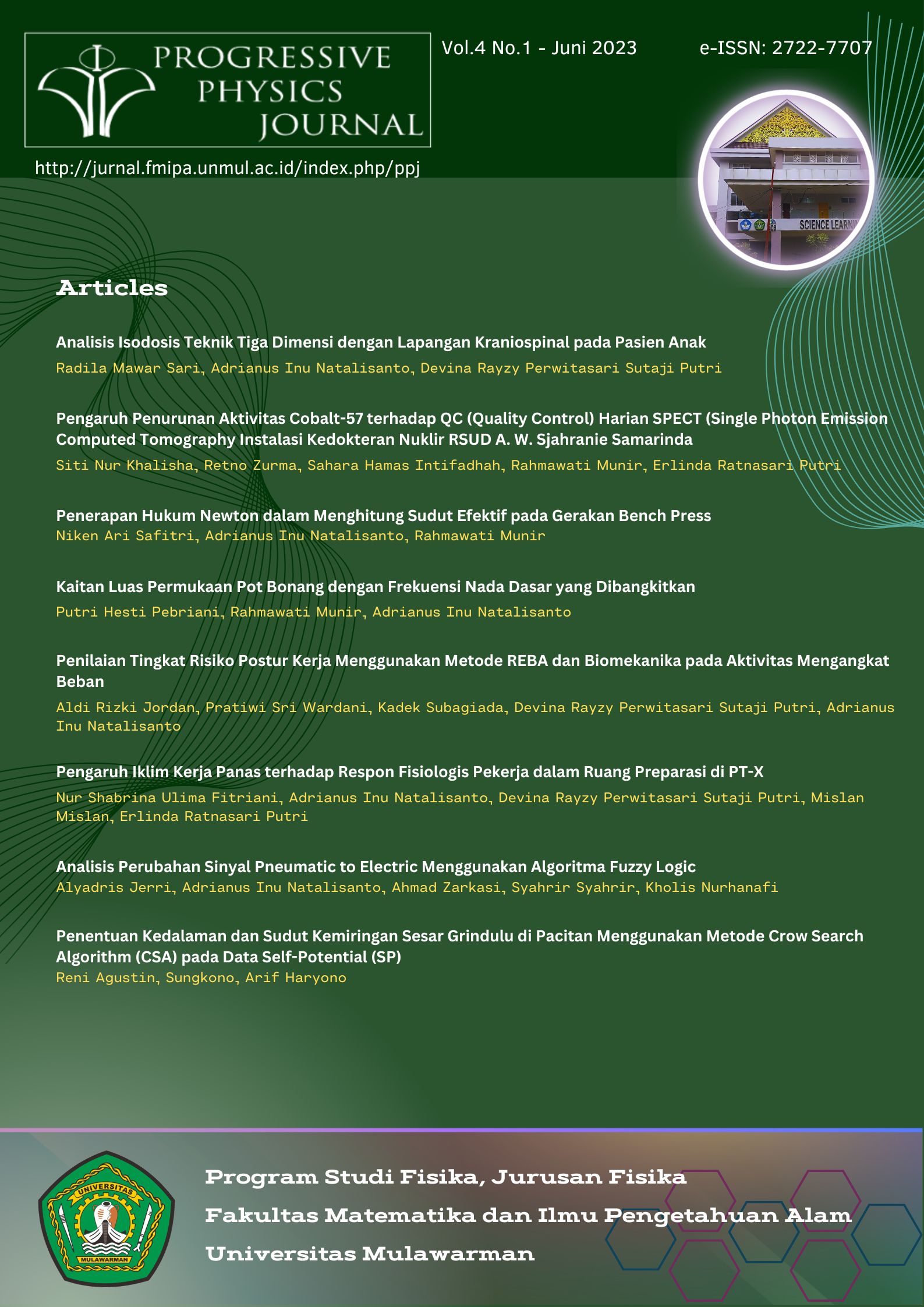Penilaian Tingkat Risiko Postur Kerja Menggunakan Metode REBA dan Biomekanika Pada Aktivitas Mengangkat Beban
DOI:
https://doi.org/10.30872/ppj.v4i1.1021Keywords:
biomechanics, posture, REBAAbstract
The activity of lifting weights has many risks that can lead to complaints and work accidents such as mistakes in lifting excessive loads, overly bent postures, and other complaints that result in uncomfortable working conditions. This research was conducted to determine the risk level of work posture using the REBA method and biomechanics in lifting weights with different lifting variables. The research were took documentation data, angle and distance measurements by using the Kinovea application, and the data analyzed by using the REBA Assessment Worksheet and biomechanical equations. Based on the results obtained, the activity of lifting burdens on workers from the aspect of the REBA method mostly has a high level of risk category and only 1 worker has a moderate level of risk category. Meanwhile, from the biomechanics aspect, most of them have a risk level in the careful category, 1 worker has a risk level in the safe category, and 1 worker who has lifted a load of 50 kg has a risk level in the dangerous category.







